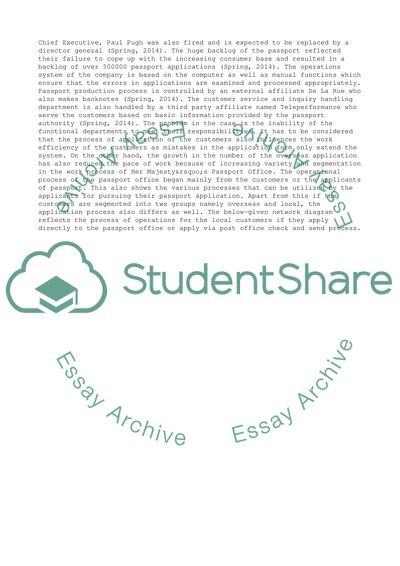Cite this document
(“Supply Chain Management: UK Passport Office Essay - 1”, n.d.)
Supply Chain Management: UK Passport Office Essay - 1. Retrieved from https://studentshare.org/management/1673169-supply-chain-management
Supply Chain Management: UK Passport Office Essay - 1. Retrieved from https://studentshare.org/management/1673169-supply-chain-management
(Supply Chain Management: UK Passport Office Essay - 1)
Supply Chain Management: UK Passport Office Essay - 1. https://studentshare.org/management/1673169-supply-chain-management.
Supply Chain Management: UK Passport Office Essay - 1. https://studentshare.org/management/1673169-supply-chain-management.
“Supply Chain Management: UK Passport Office Essay - 1”, n.d. https://studentshare.org/management/1673169-supply-chain-management.


